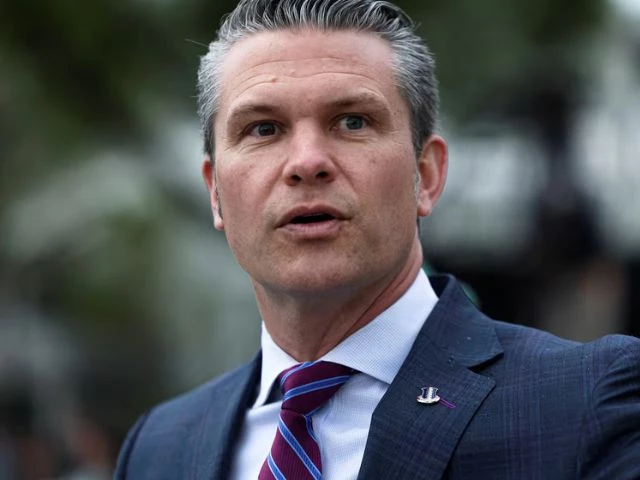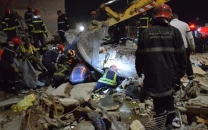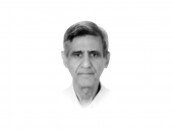US claims strikes on Iran N-programme a success
Defence secretary accuses media of anti-Trump bias

US Defence Secretary Pete Hegseth on Thursday said he was unaware of any intelligence suggesting Iran had moved any of its highly enriched uranium to shield it from US strikes on Tehran's nuclear programme over the weekend.
US military bombers carried out strikes against three Iranian nuclear facilities early Sunday local time using more than a dozen 30,000-pound bunker-buster bombs. The results of the strikes are being closely watched to see how far they may have set back Iran's nuclear programme.
"I'm not aware of any intelligence that I've reviewed that says things were not where they were supposed to be, moved or otherwise," Hegseth said in an often fiery news conference that was also watched by President Donald Trump.
Trump wrote on his social media platform it would have taken too long to remove anything. "The cars and small trucks at the site were those of concrete workers trying to cover up the top of the shafts. Nothing was taken out of (the) facility," he said, without providing evidence.
Several experts cautioned this week that Iran likely moved a stockpile of near weapons-grade highly enriched uranium out of the deeply buried Fordow site before the strikes, and could be hiding it and other nuclear components in locations unknown to Israel, the US and UN nuclear inspectors.
They noted satellite imagery from Maxar Technologies showing "unusual activity" on Thursday and Friday, with a long line of vehicles outside an entrance at Fordow. An Iranian source told Reuters that most of the 60% highly enriched uranium was moved to an undisclosed location before the US attack.
Whereabouts of uranium
The Financial Times, citing European capitals, reported that Iran's highly enriched uranium stockpile remains largely intact since it was not concentrated at Fordow. Hegseth, however, accused the media of downplaying the success of the US strikes.
A leaked preliminary assessment from the Defence Intelligence Agency (DIA) suggested the US strikes may have only set back Iran by months. At the Pentagon news conference, Hegseth described the strikes as "historically successful."
The defence secretary said the assessment was low confidence, and, citing comments from CIA Director John Ratcliffe, said it had been overtaken by intelligence showing Iran's nuclear programme was severely damaged and would take years to rebuild.
Ratcliffe was one of the four top national security officials due to hold a classified briefing on the strikes later on Thursday for the Senate. That briefing had been scheduled for Tuesday, but was postponed. The Senate is expected to vote this week on a resolution that would require approval for strikes against Iran.
Hegseth His comments came after Iranian Supreme Leader Ayatollah Ali Khamenei said on Thursday that Iran would respond to any future US attack by striking American military bases in the Middle East. He claimed victory after 12 days of war, and promised Iran would not surrender despite Trump's calls.
Media 'hatred'
During the news conference, Hegseth criticised the media, without evidence, for having an anti-Trump bias. "It's in your DNA and in your blood to cheer against Trump because you want him not to be successful so bad," Hegseth said.


















COMMENTS
Comments are moderated and generally will be posted if they are on-topic and not abusive.
For more information, please see our Comments FAQ